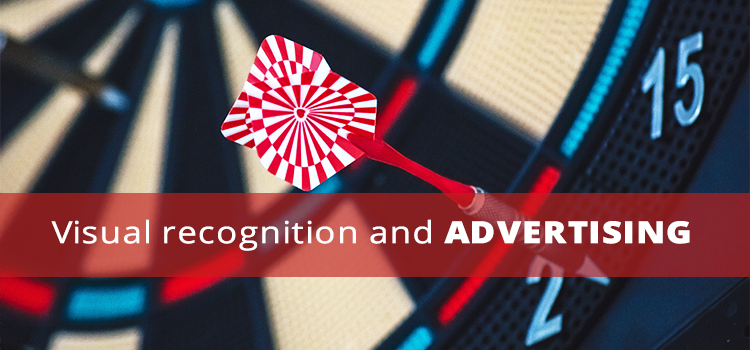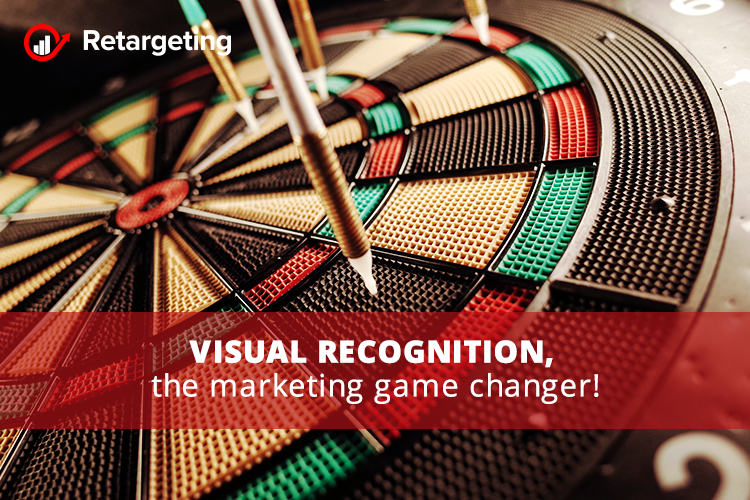Relevance as a key in ads in order to move a customer deeper into the sales funnel is not a new notion but is more important than ever. User profiles provide insight into their needs, brand biases, social stances and much, much more. When done correctly, we are able to better understand a prospect, allowing us to place a relevant ad in front of a person who is actively shopping for our products.
But in order to become even more successful, we need to go beyond what that individual wants at that specific moment. Consistent touch points over a period of time allow us to influence potential customers when they are activated to make a purchase decision at a later date.
One way to get a more complete picture of a customer is to perform textual and sentiment analysis on the words they share on social media. The technology to do this has been around for a while, which is why innovators are taking such analyses to the next level. Now, visual recognition software is helping develop a deeper understanding of consumers in a similar way.
Visual recognition, a reality sooner than we might think!
The images and videos a person shares or likes via social media provide insights not only into what products they like, but can also give marketers a window into many other elements of a potential customer’s lifestyle. Powered by machine learning, algorithms can quickly identify unique elements of images that can help power the marketing machine that determines what ad should be delivered to whom for the best result.
Many companies such as IBM, Apple, Amazon, Google, and Facebook continue to push the envelope when it comes to image recognition. And with the use of APIs, these technologies are ready to be tapped and integrated into any number of marketing tools.

Visual recognition and advertising
Within many images users upload onto social media there are hundreds, if not thousands of elements that can now be identified through visual recognition software.
It may seem like a picture of you and your friends hanging at a cool location you all love, but it is so much more. Beyond usual things like location, tagged and hashtags, visual recognition analyzes everything within an image.
It can tell if you are drinking whiskey or vodka based on the color of the liquor in your glass. It can determine the fabric of your shirt and the brand of your jeans. It can read the sign in the background and the name of the restaurant from the menu sitting on your table. This type of information provides deep insight into who we are as consumers and is extremely valuable to advertisers.
Programmatic ads on steroids
For example, let’s say that someone shares a picture on social media in which he holds a glass of high-end drink while also wearing a famous brand accessory, that makes that person a good target for luxury retail goods. Compare that with someone holding a low-end beer brand and a shirt from a basic shop in the mall.
By looking back through the various images shared on an individual’s profiles, the deep-learning algorithm can determine if luxury goods are a common part of this person’s lifestyle. Affinities toward brands and products can be used in real time to purchase programmatic ads.
Being able to analyze images to this level enables us to go from targeting people by what companies they “like” or “follow” on social media to targeting them based on the products and brands they actually buy and use, leading to more relevant ads and ultimately a better-targeted customer.
As advertisers, we are just beginning to reap the benefits of leveraging visual recognition capabilities. As we move forward and the capability becomes more widespread and adopted, it will become a key asset.

